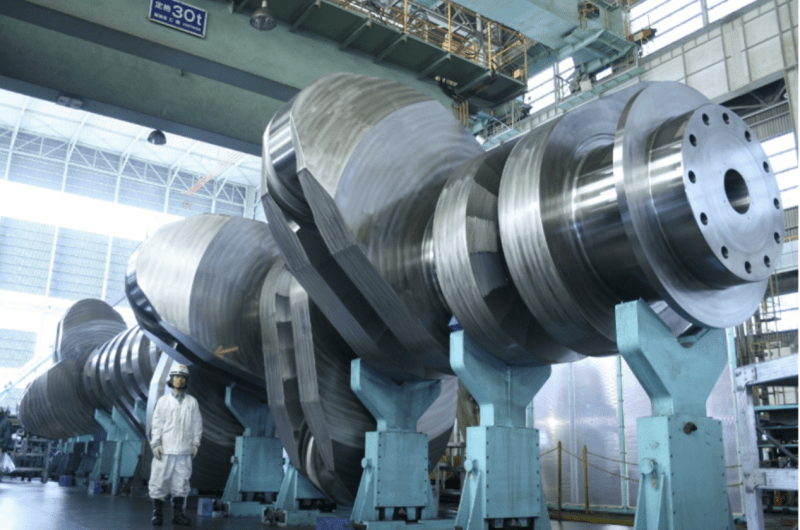M
member 1198625
Guest
I don't see the reason in having counterweights on a flatplane crankshaft, for example an inline 4.
The centrifugal forces for cylinders 2 and 3 are counteracted by cylinders 1 and 4.
And you may say well there's shear loads resulting from that, flexing the crankshaft and reducing the lifespan of the crank and the main journals. But then why do engines last in the first place? The shear loads and flexing caused by combustion would be WAY higher than those inflicted by centrifugal forces.
So what is the real reason for having counterweights? Could it possible be an oversight by every automotive engine engineer?
The centrifugal forces for cylinders 2 and 3 are counteracted by cylinders 1 and 4.
And you may say well there's shear loads resulting from that, flexing the crankshaft and reducing the lifespan of the crank and the main journals. But then why do engines last in the first place? The shear loads and flexing caused by combustion would be WAY higher than those inflicted by centrifugal forces.
So what is the real reason for having counterweights? Could it possible be an oversight by every automotive engine engineer?

